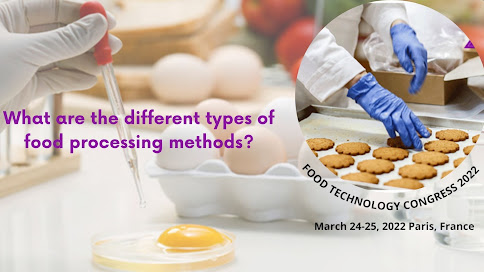How does nutritional deficiencies affect your body?

When the body does not receive enough nutrients , such as vitamins and minerals , nutritional deficiency occurs. Anemia, for example, is one of the disorders induced by nutritional deficiencies. Vitamins are necessary for the body to keep healthy and perform correctly. Supplements such as multivitamins and minerals are widely used. Diseases can be caused by nutrient shortages. "Deficiencies in calcium and vitamin D, for example, can lead to osteopenia or osteoporosis, both of which are characterised by brittle bones," explains Kate Patton, RD, a dietitian at the Cleveland Clinic in Ohio. "Anemia, which saps your energy, might be caused by a lack of iron." Protein Energy Malnutrition, Scurvy, Rickets, Beriberi, Hypocalcemia, Osteomalacia, Vitamin K Deficiency, Pellagra, Xerophthalmia, and Iron Deficiency are only a few examples. Our bodies get the "information" and elements they need to function effectively from the food we eat. Our metabolic systems...

